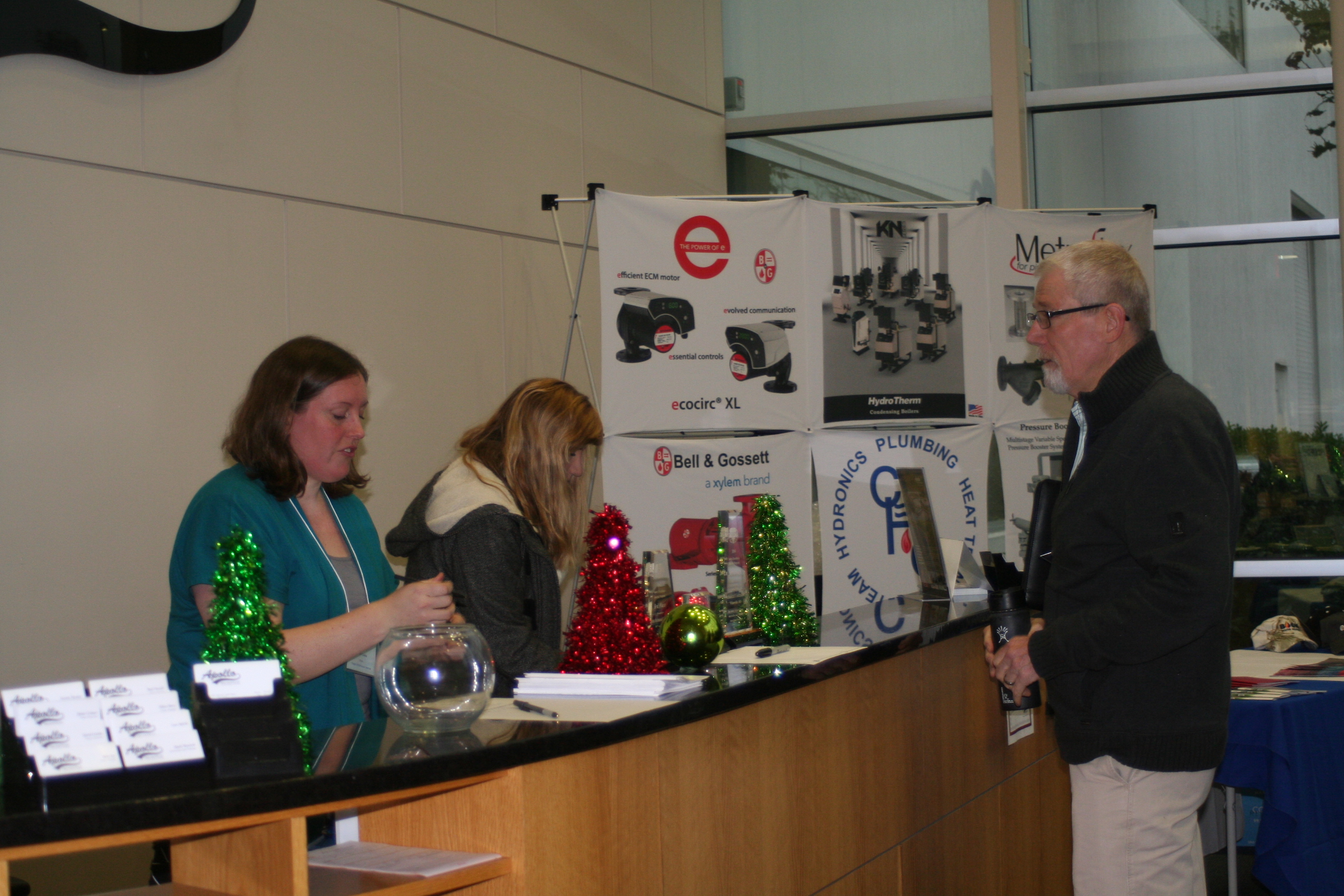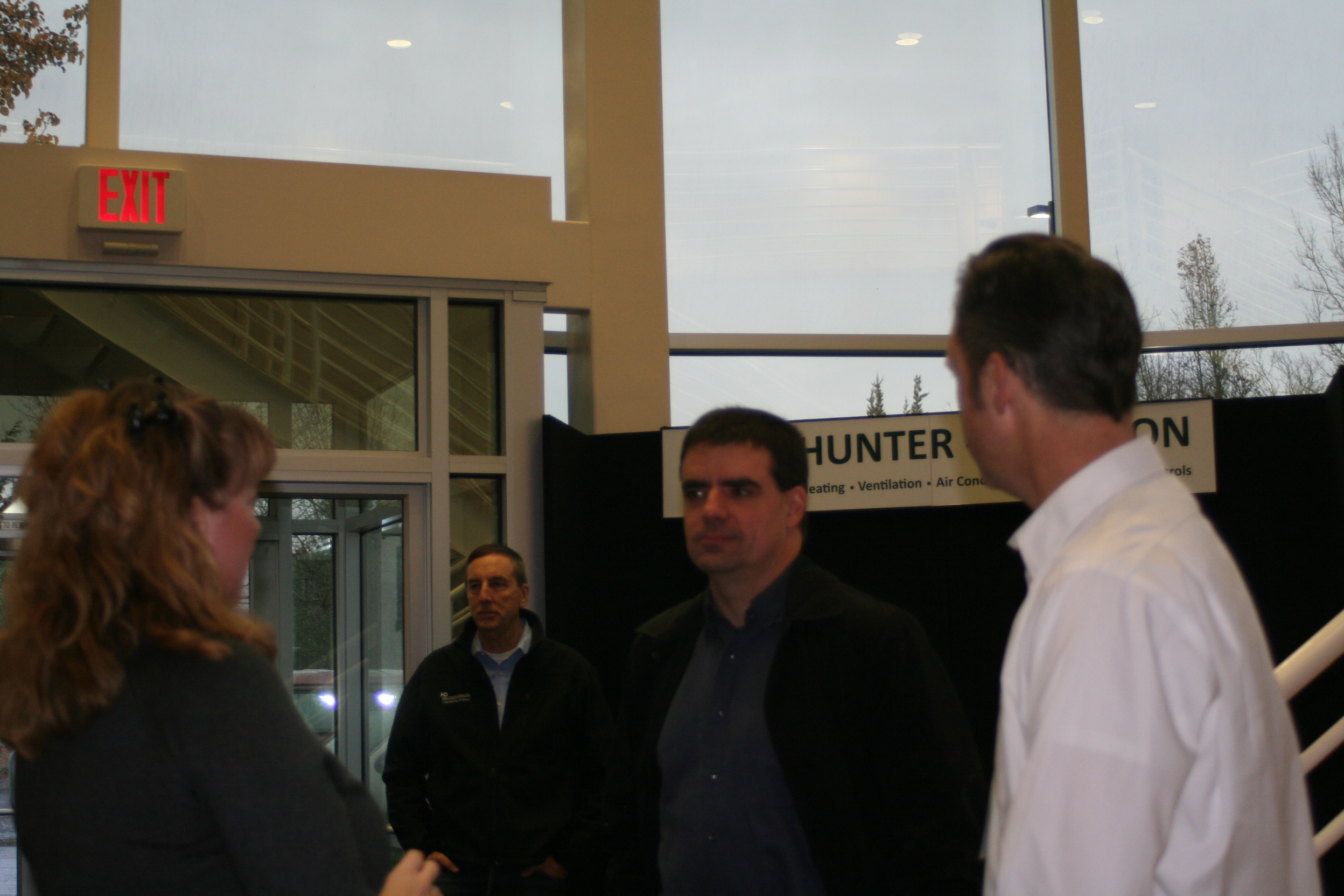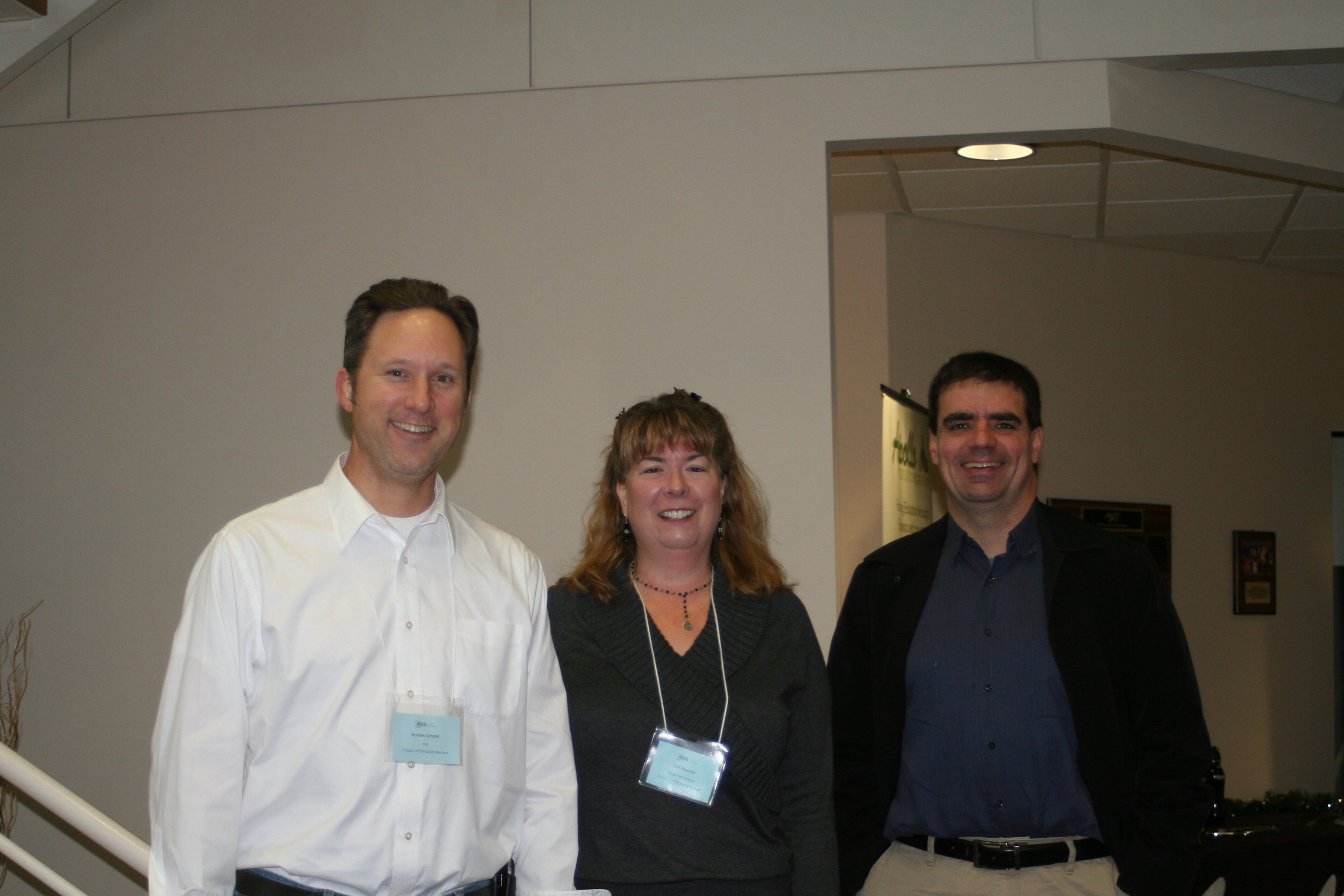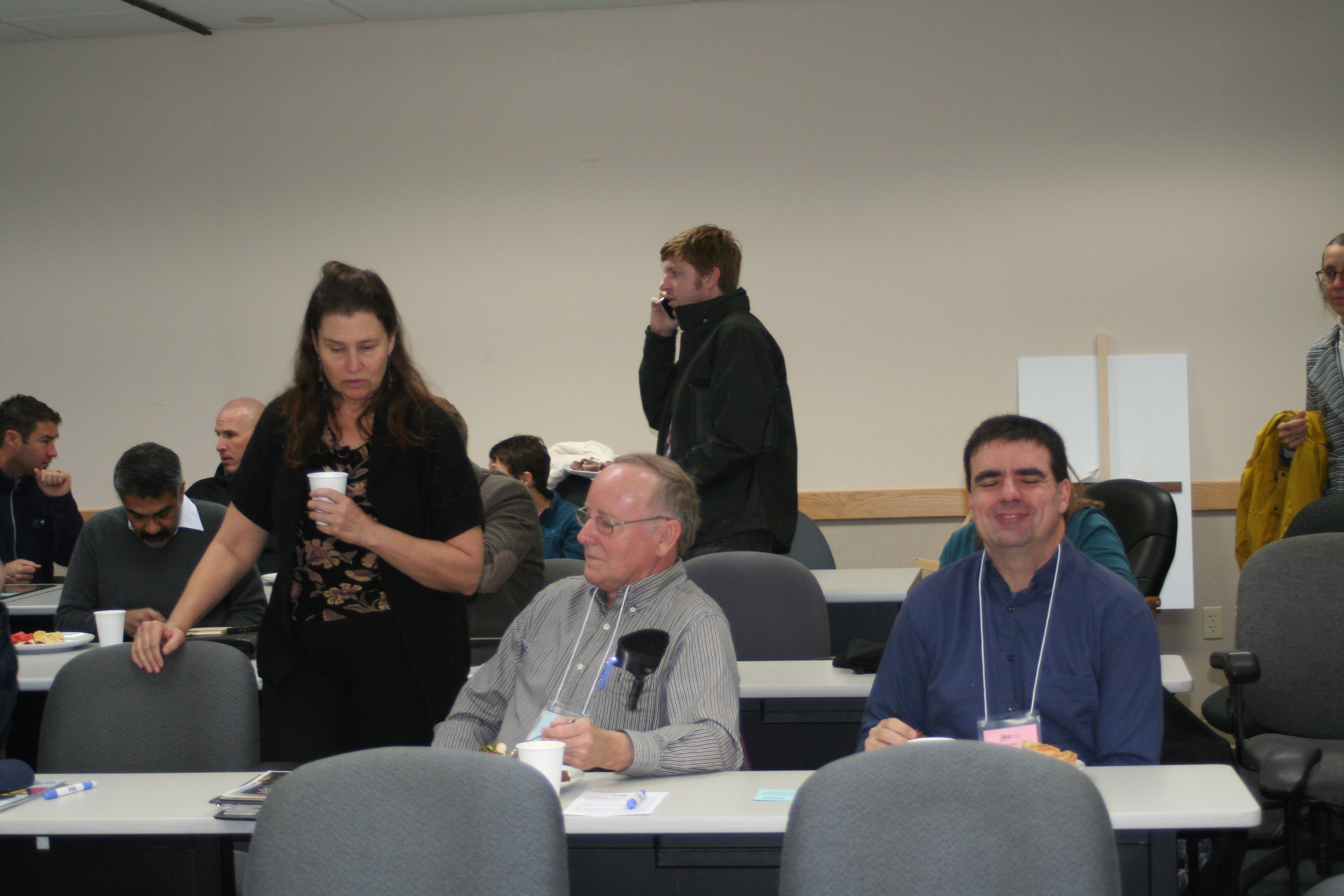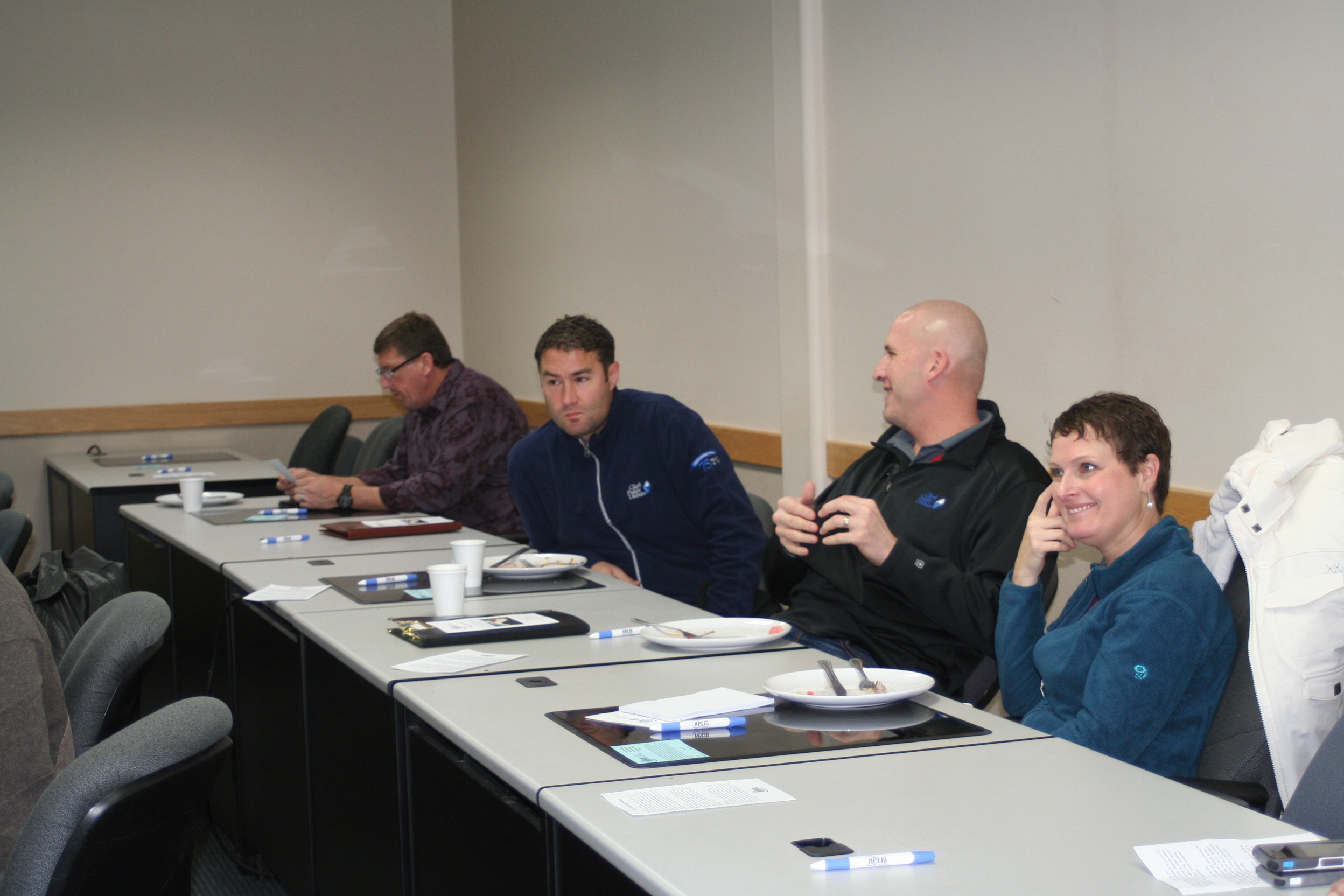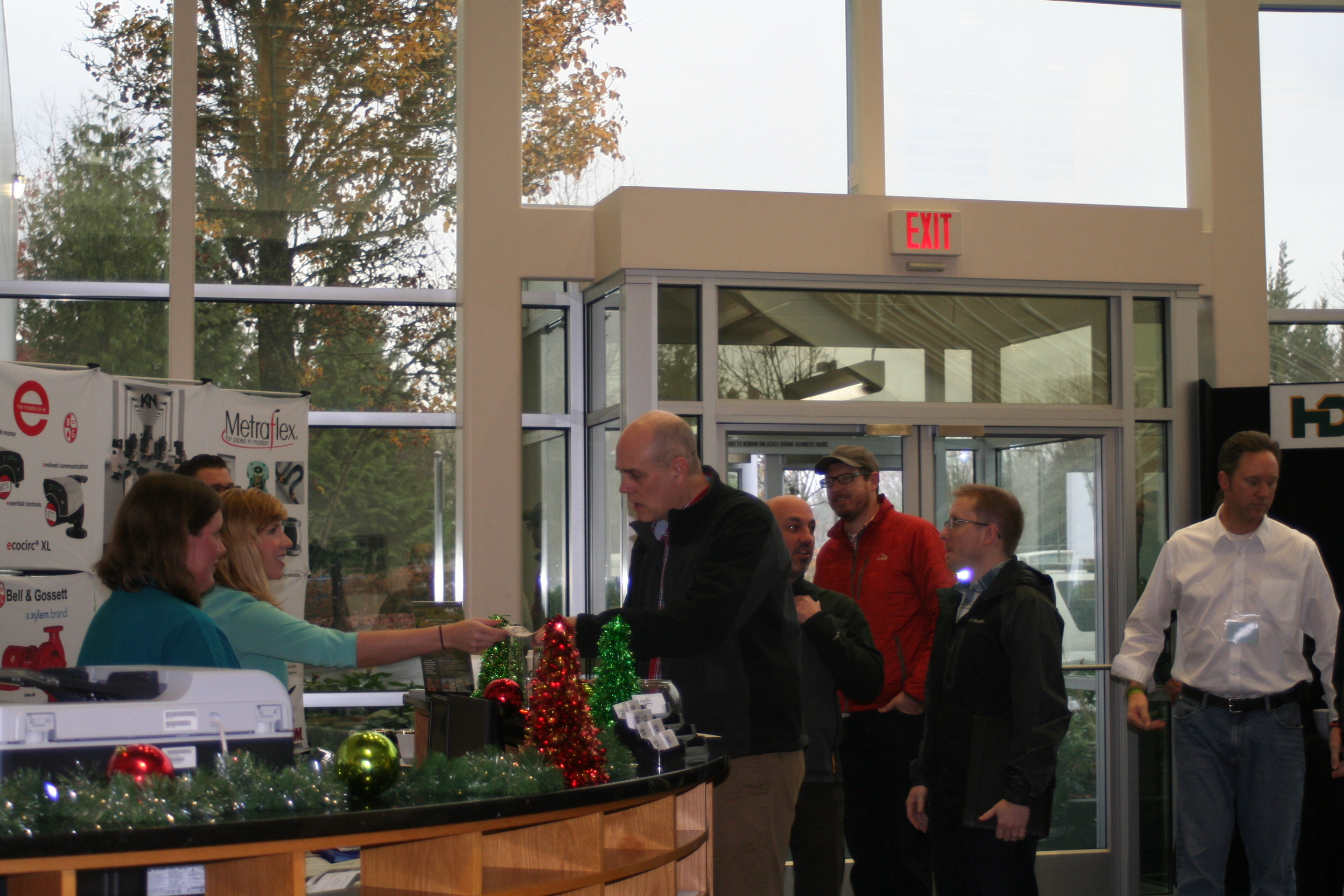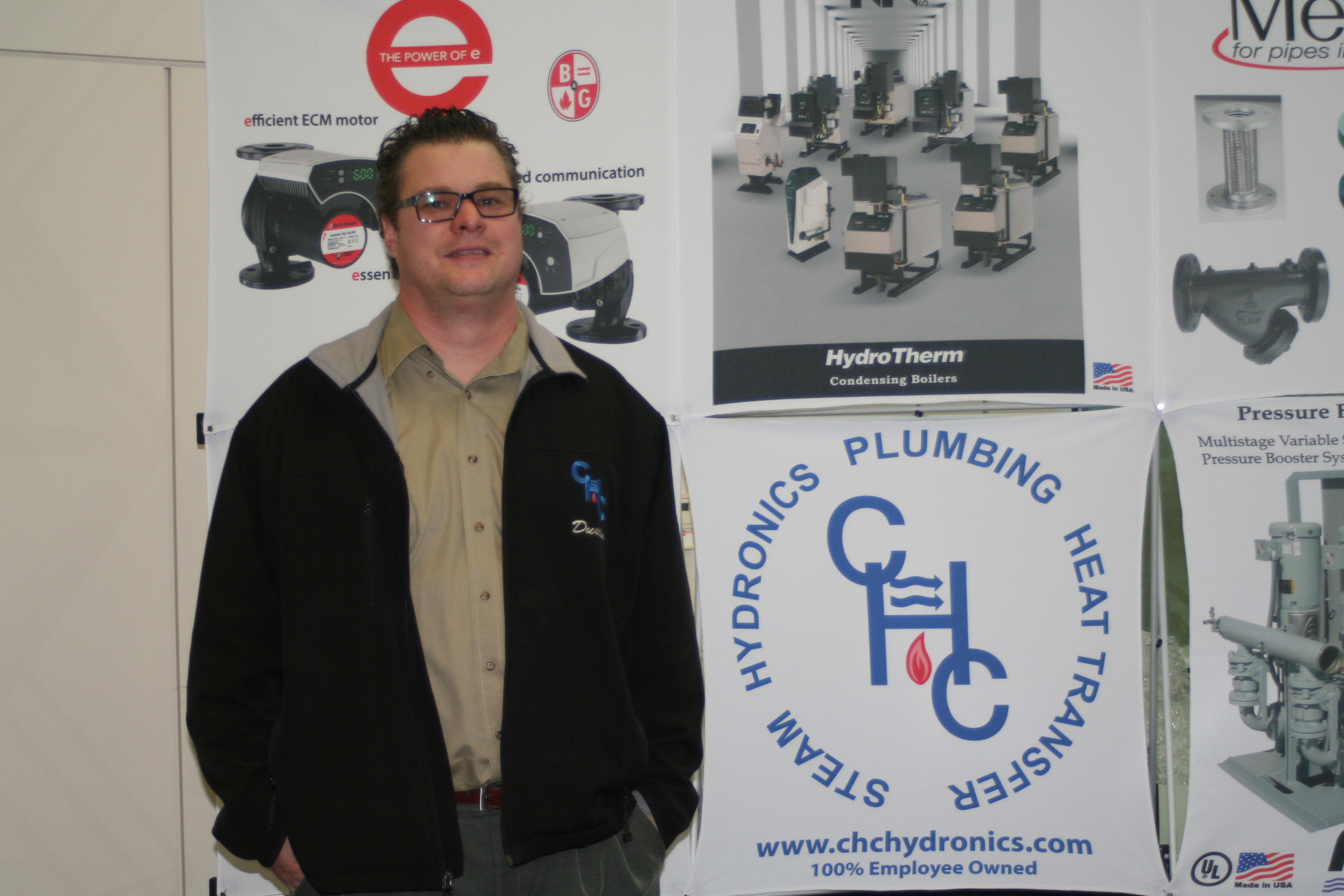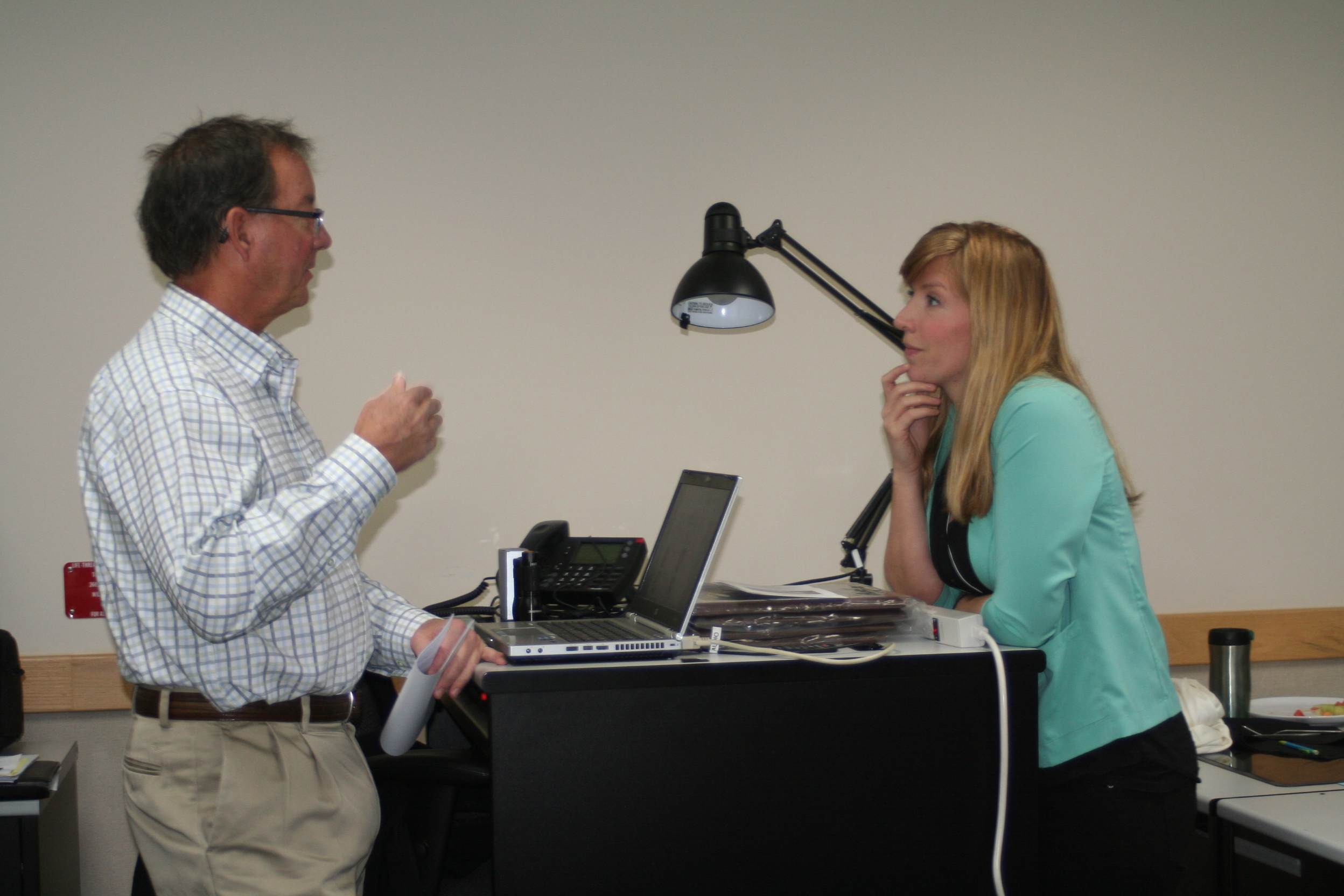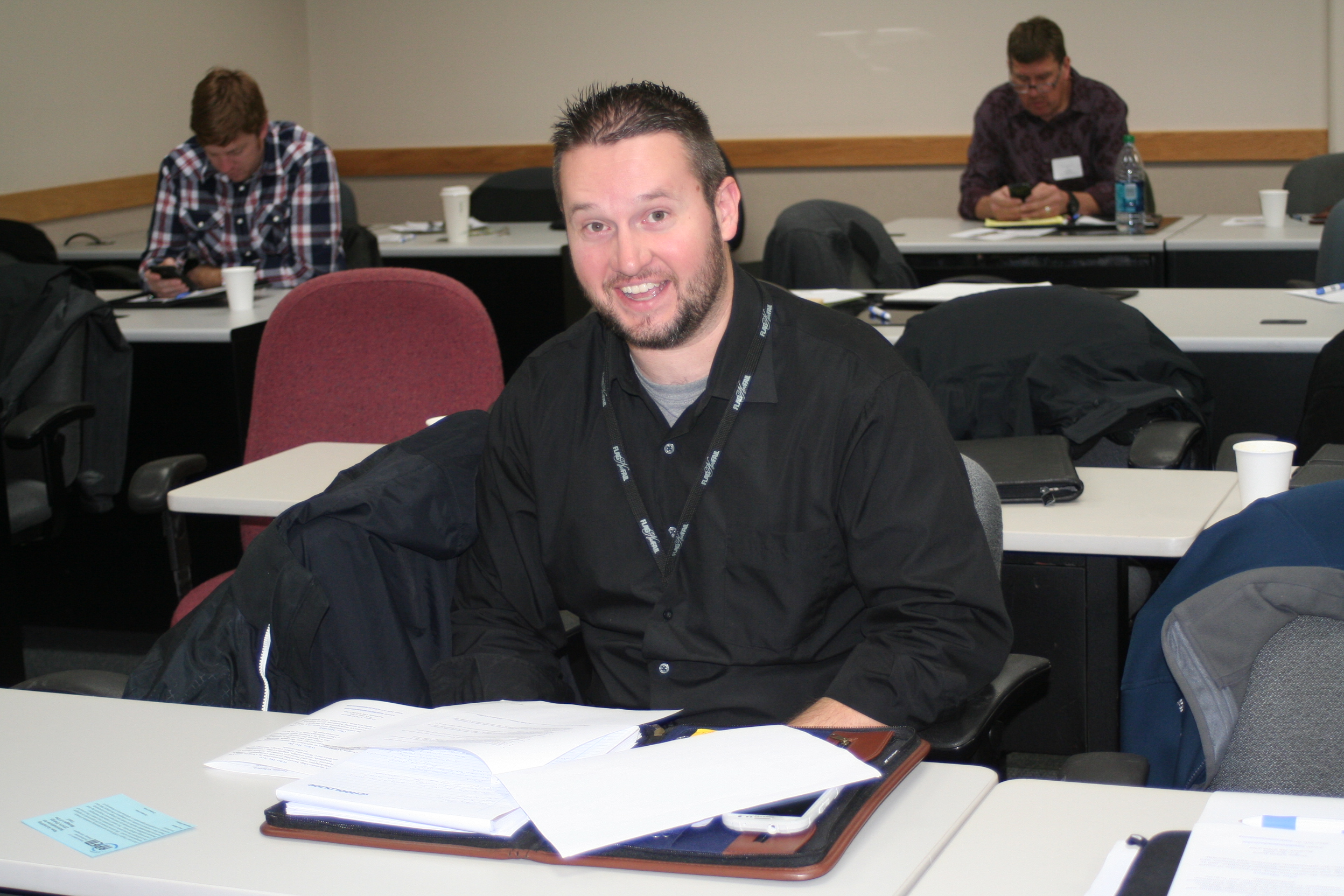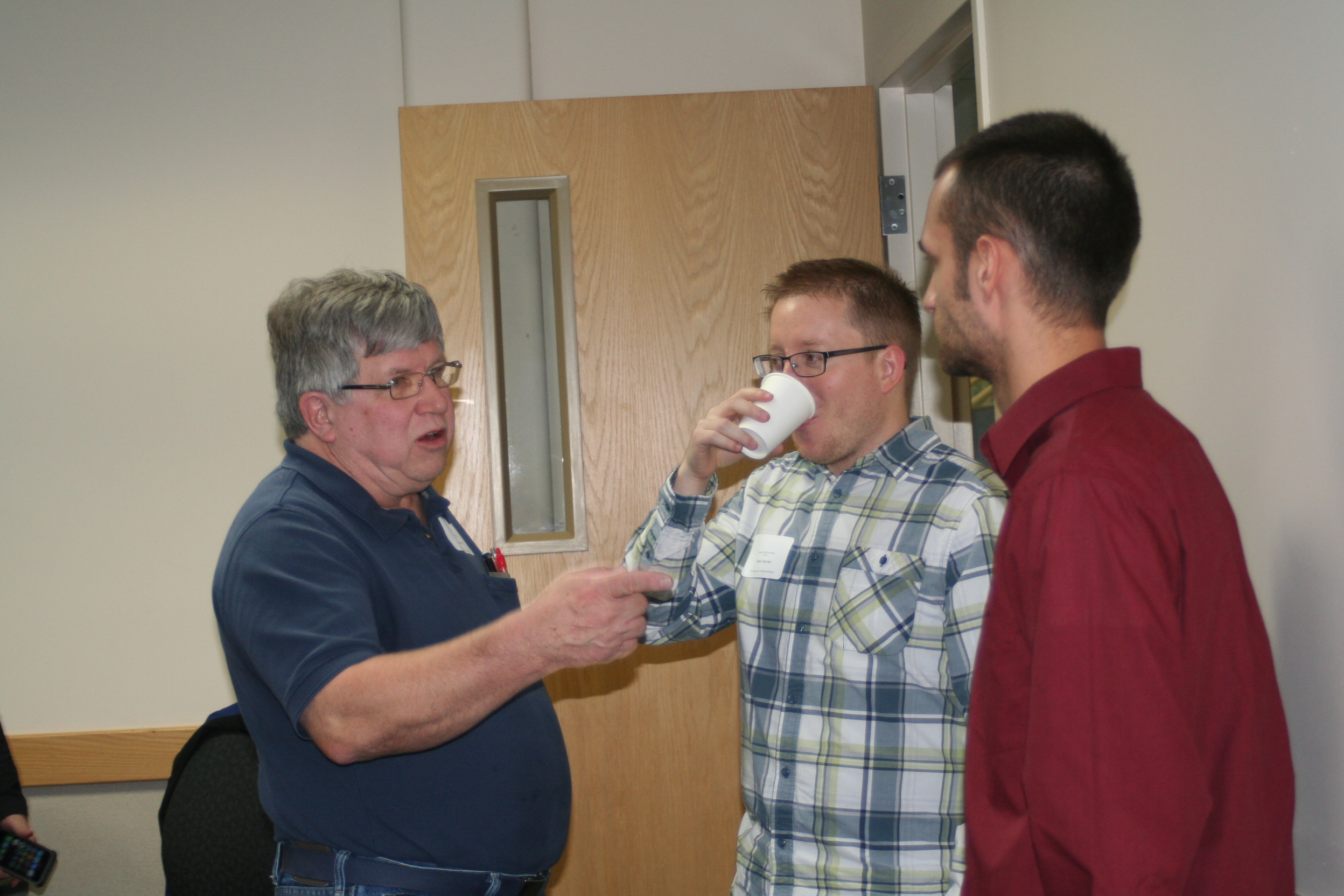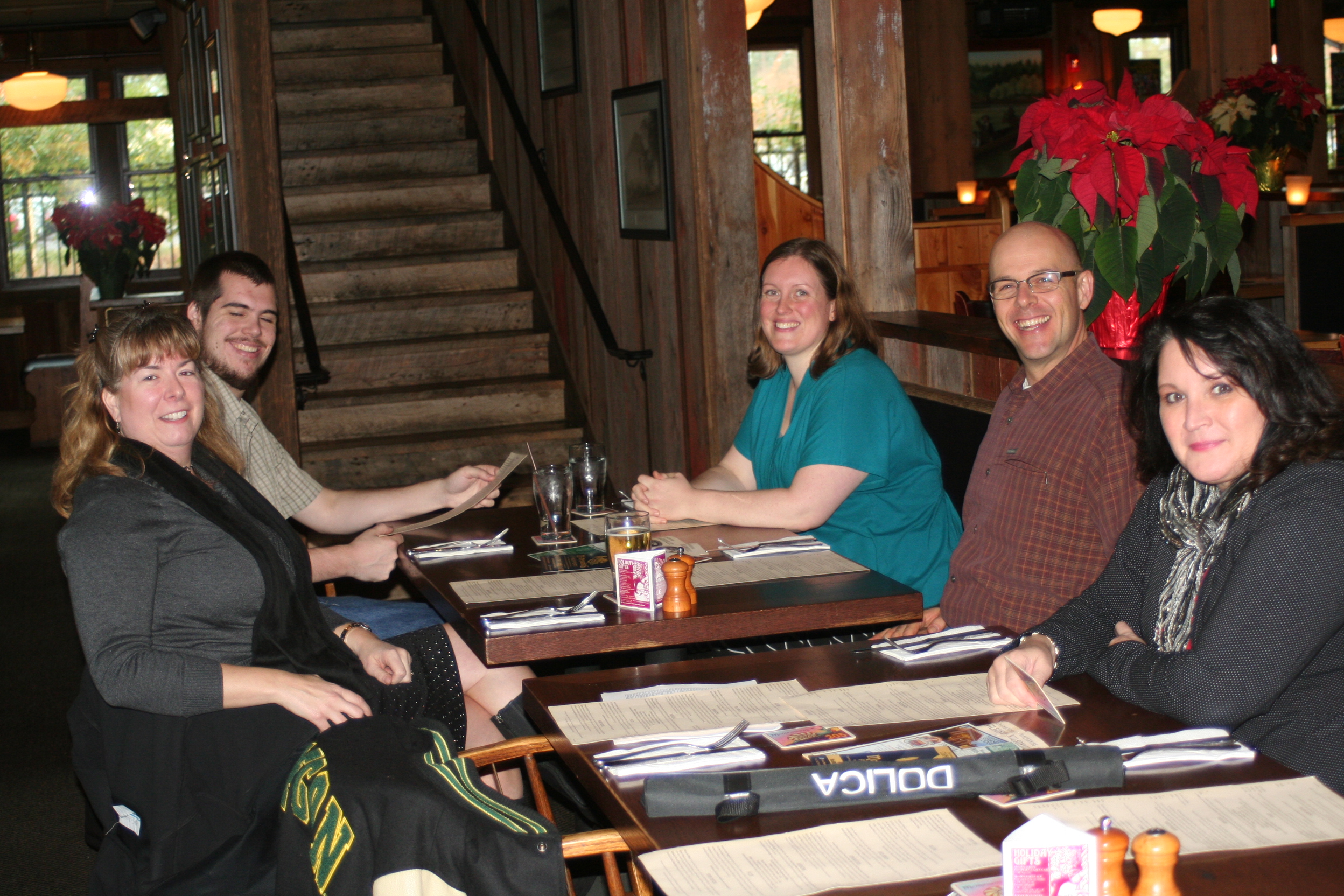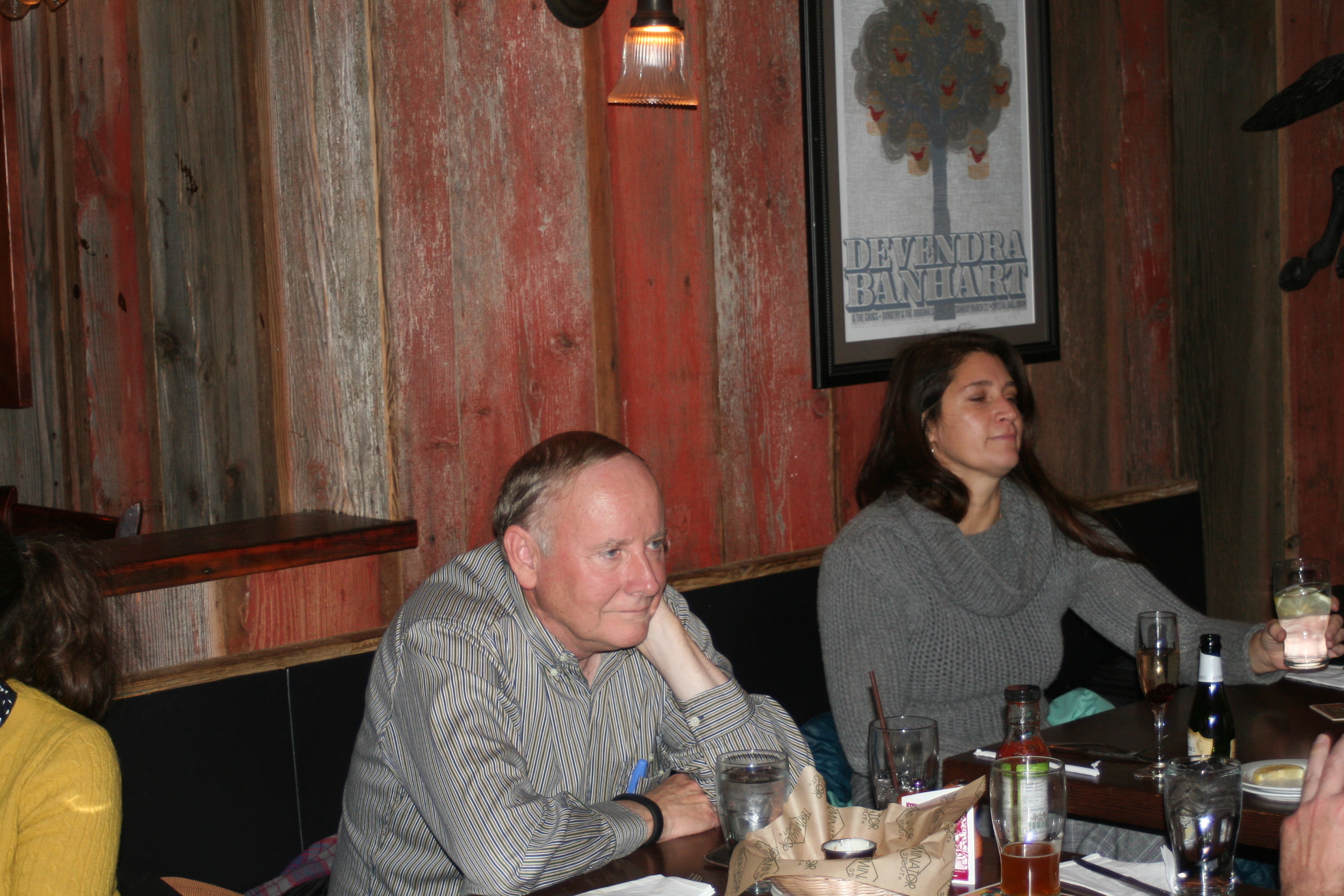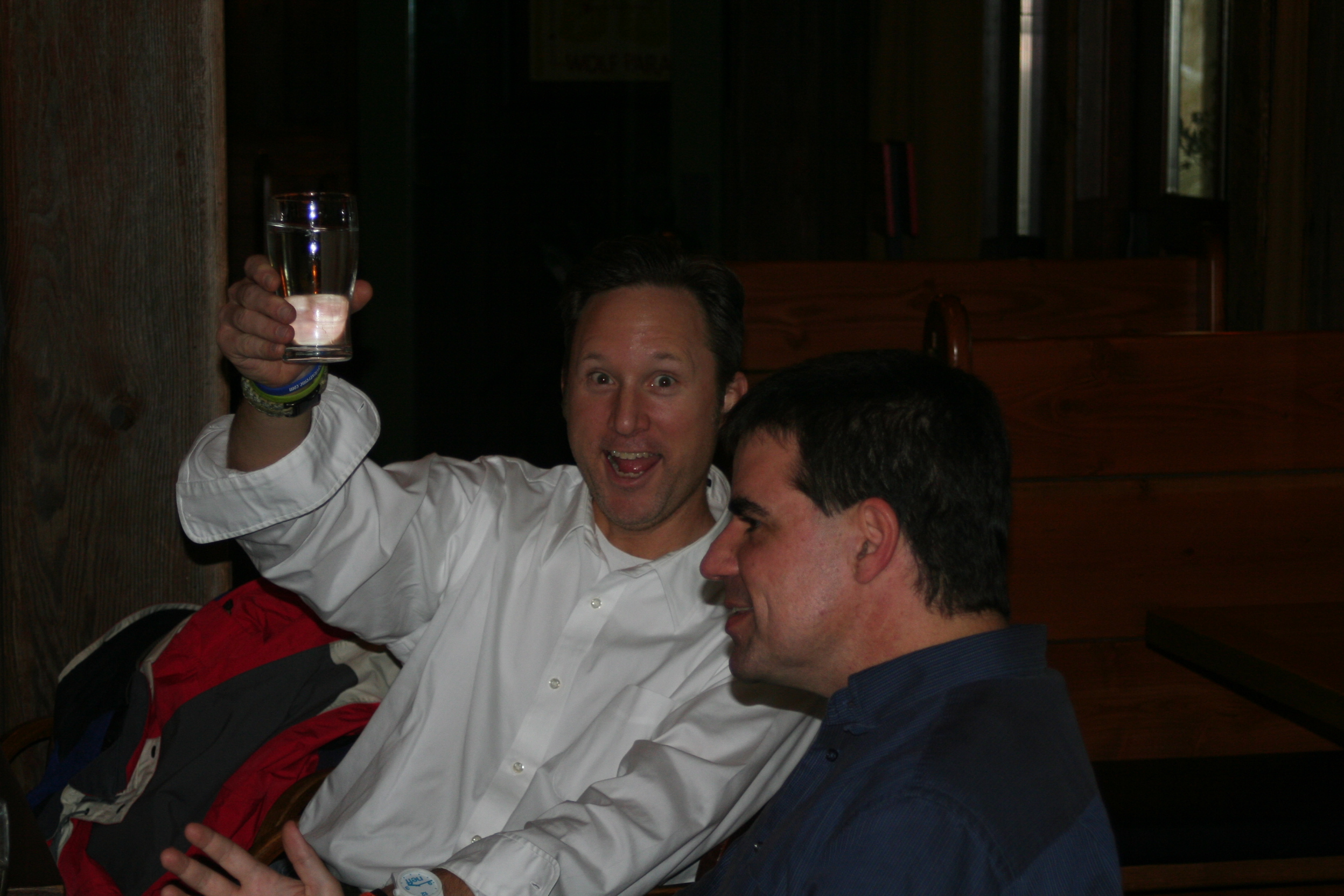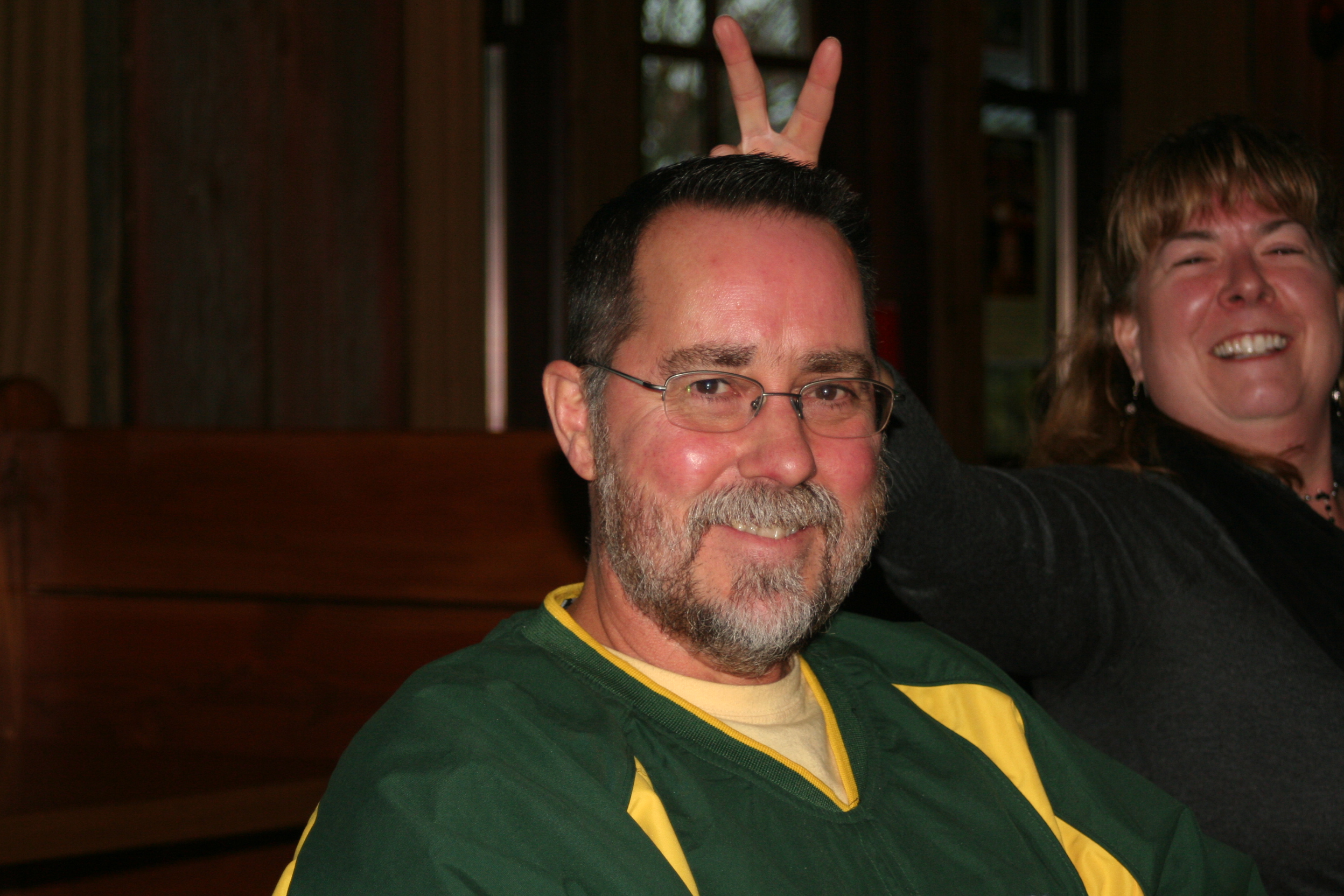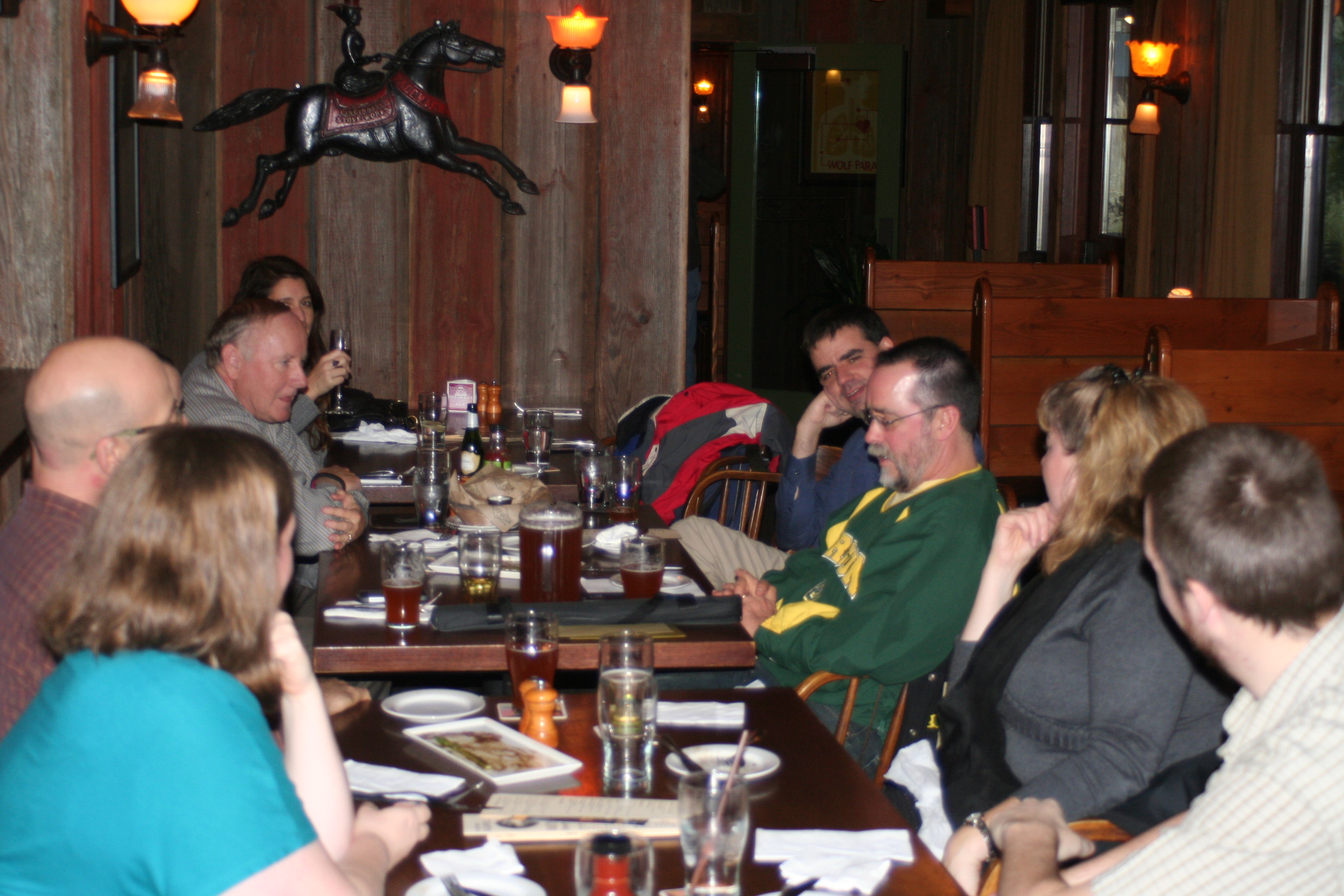Winter 2014 Forum
Can Old HVAC Be Innovative?
Applying new operational strategies to buildings from 2-50 years old: you can teach an old building new tricks!
December 5, 2014
Apollo Solutions, Wilsonville
Held at the Apollo Solutions building in Wilsonville, Oregon, the Winter APEM Forum focused on innovative solutions for retrofitting existing buildings. Guidelines and life lessons of experienced energy engineering professionals were shared in each presentation. Several case studies were used to highlight successful retrofit projects as well as lessons learned from the field.
The first presentation of the day was from Chris Lowen, PE, Northern Region Energy Director for Glumac. Chris provided an introduction to the energy analysis and innovative approaches to existing building retrofits. Chris first put the issue in perspective by discussing humanity’s ecological footprint. Using graphs and images from Architecture 2030 and various other websites, Chris highlighted the need for energy efficiency increases in the building sector, as building operations account for 42% of the energy consumption of the United States. Chris explained that the first step in any retrofit process is establishing a baseline by documenting a building’s Energy Use Index (EUI). Building benchmarking helps us to know if we are meeting energy efficiency goals and standards like ASHRAE 90.1 2007 and Architecture 2030. The presentation then covered recommendations for which types of buildings are good candidates for retrocommissioning. Very old buildings have high operating costs, huge energy savings opportunities but high costs of improvements. New buildings have low operating costs and low costs of improvements, but low energy savings opportunities. The mid-range aged buildings have the best opportunities for good savings at a reasonable price.
Finally, Chris gave a brief overview of the savings obtained at Rouge Regional Medical Center and the US Bank building in Madison, Wisconsin, where Glumac has completed a multi-year retrocommissioning projects.
Following Chris was Mark Kinzer, PE, Principal-in-Charge of engineering of Abacus Resource Management Company. Mark presented on constant volume to variable volume conversions. Mark peppered his presentation with real life examples and lessons learned the hard way. First, Mark highlighted the importance of making sure that a design built variable air volume air handling system is actually varying. It is not uncommon to identify variable air volume (VAV) system that are operating as constant volume system because existing controls strategies, set points or operating characteristics override the variable volume capabilities of the system. The first step is to identify this by logging or observing the behavior of the system. The operating pattern of the systems should show a clear and definite cyclical pattern with increased levels during the day and reduced levels at night. If this is not occurring, the terminal units, operational set points and controls strategies should be examined.
Next, Mark explained that although the fan affinity laws predict a reduction in speed will result in a cubed reduction of power, in reality, only results in a squared reduction of power. This occurs because of real life inefficiencies and changes to the fan curve after the speed is slowed. This is an important concept because it dramatically affects the expected energy savings of a variable speed drive retrofit.
Mark discussed chilled water systems and how variable speed drives are very important to getting the maximum chiller efficiency out of a chiller system. Also, Mark discussed using occupancy based controls to control VAV system. Examples of this include using occupancy sensors or light level sensors to turn down air flows when a space is unoccupied. Mark followed his presentation with a lively discussion with the APEM membership about retrofitting variable air volume systems.
Next, Mike Bailey shared two case studies of HVAC system retrofits. The first example was of a four story office building which was designed to LEED standards but was operating with high energy costs. Changes resulting from post-construction remodels were not incorporated into the controls system and monitoring was not continued past the initial system start up. Lessons include the necessity of funding for updating the controls system after major building updates are made.
The second example Mike shared was of a small limited service hotel built to LEED Gold standards which also operated with extremely high energy use. An audit revealed that there were very high winter electrical load peaks because they were using electrical energy for heating. Lessons include the necessity of life-cycle costing to evaluate design options.
Chris Lowen wrapped up the Winter Forum with his presentation on Continuous Commissioning. He started with discussing the many different ways the industry refers to various commissioning strategies. He categorized the strategies into three main buckets: retro-commissioning, ongoing commissioning and monitoring based commissioning. Commissioning is important to ensure a building is operating correctly. Chris mentioned that retro-commissioning a building is important because a building can drift by as much as 1% each year after initial commissioning is completed. He went on to discuss an online software tool that provides reasonable end use break outs for buildings. Chris wrapped up his presentation with a case study of the McDonald’s Plaza.
Presentations:
Chris Lowen, Glumac, Presentation Part 1
